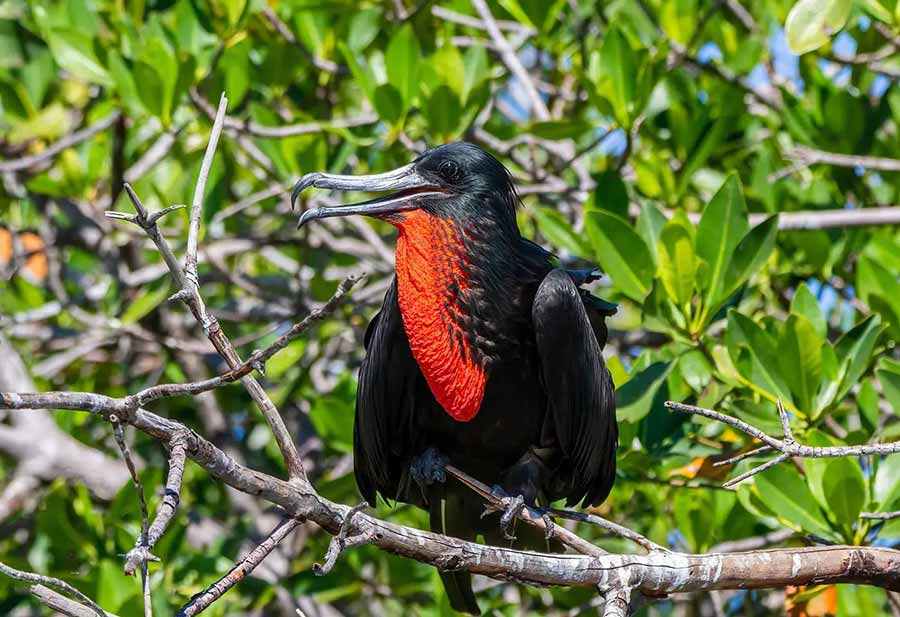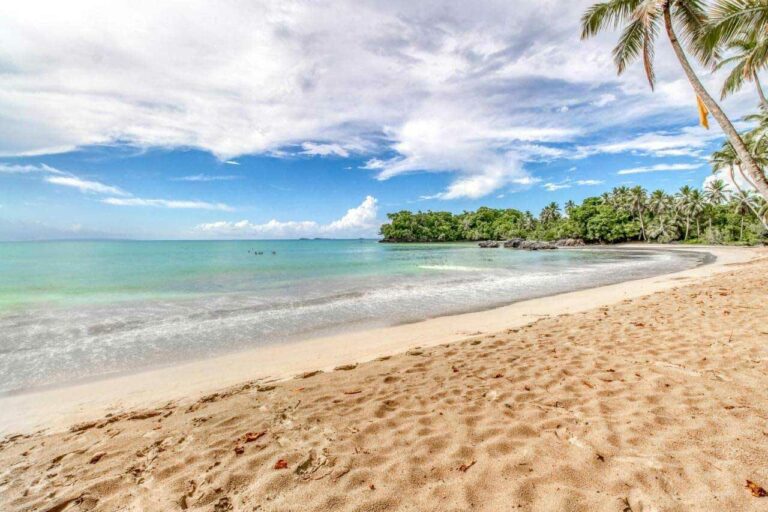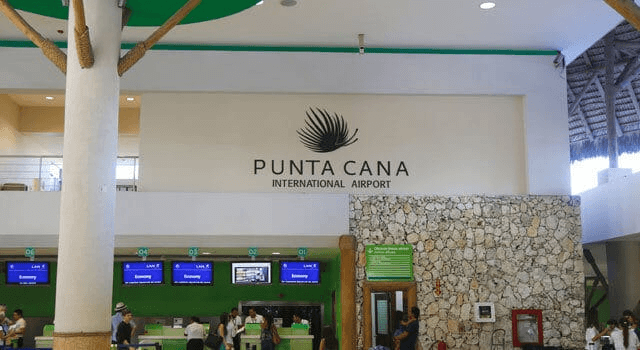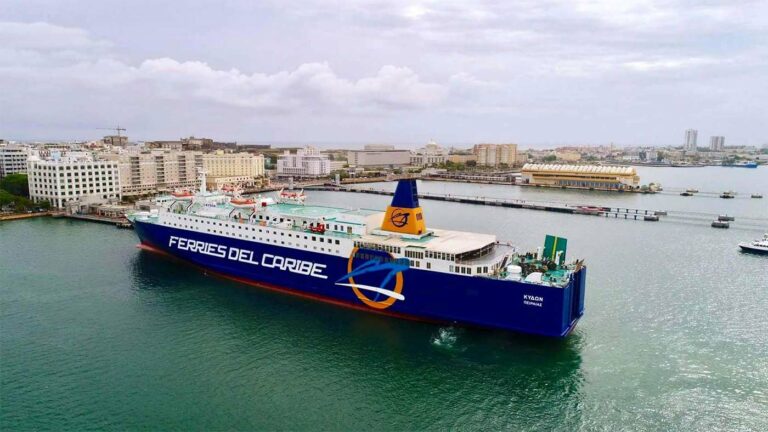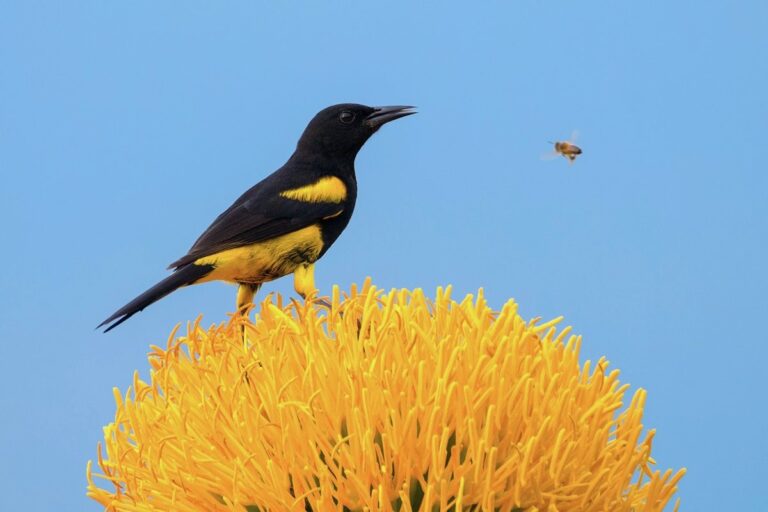Flora and Fauna: Exploring the Rich Diversity of the Dominican Republic
The Dominican Republic, located in the heart of the Caribbean, is a treasure trove of natural wonders. The country’s unique geographical location, varied ecosystems, and pleasant tropical climate have resulted in a rich diversity of flora and fauna. From lush rainforests to arid deserts, the Dominican Republic offers a range of habitats that support an astounding variety of plant and animal species, many of which are endemic to the region. This article delves into the incredible biodiversity of the Dominican Republic and highlights some of the most captivating flora and fauna that call this island paradise their home.
Flora:
- Ebony (Diospyros crassinervis): One of the most striking trees in the Dominican Republic, the ebony is a slow-growing tree prized for its dense, dark wood. The tree features small, fragrant flowers and inedible fruit, and its wood is often used for carving and making furniture.
- Royal Palm (Roystonea regia): A symbol of the Caribbean, the royal palm is a tall, stately tree with a smooth gray trunk and a crown of large, feathery leaves. It is an essential component of the Dominican Republic’s landscape and serves as a natural habitat for various bird species.
- Caribbean Pine (Pinus occidentalis): Endemic to the island of Hispaniola, the Caribbean pine is a resilient tree that can thrive in different habitats, from subtropical rainforests to montane pine forests. The pine provides valuable timber and plays a crucial role in maintaining the health of the region’s ecosystems.
Fauna:
- Hispaniolan Solenodon (Solenodon paradoxus): This small, insectivorous mammal is one of the most intriguing creatures in the Dominican Republic. The Hispaniolan solenodon, found only on the island of Hispaniola, is a nocturnal species with a long, flexible snout and venomous saliva. It is considered a living fossil, as its lineage dates back 76 million years.
- Ridgway’s Hawk (Buteo ridgwayi): This rare and endangered bird of prey is native to the Dominican Republic and Haiti. With a distinct black and white plumage, the Ridgway’s hawk is a skilled hunter that preys on reptiles, birds, and insects. Conservation efforts are ongoing to protect this magnificent bird from extinction.
- Rhinoceros Iguana (Cyclura cornuta): The rhinoceros iguana is a large, herbivorous lizard endemic to the Dominican Republic and Haiti. Named for the horn-like scales on its snout, this impressive reptile is well-adapted to the island’s dry, rocky habitats. The species is currently listed as vulnerable due to habitat loss and hunting.
The Dominican Republic’s rich biodiversity is an essential part of the country’s cultural and ecological heritage. As more and more people visit this beautiful Caribbean nation, it is crucial to prioritize conservation efforts to protect the unique flora and fauna that call the Dominican Republic home. By preserving the island’s natural wonders, we ensure that future generations can enjoy and appreciate the extraordinary diversity of life in the Dominican Republic.

